Editor's note
|
|
The trade war between China and the US is hotting up - and soybeans are an unlikely but important weapon being wielded by the Chinese. That's because China, the world’s biggest buyer of the crop, has reportedly stopped purchasing any American soybeans in retaliation for the Trump administration raising tariffs on US$250 billion of Chinese goods. Ian Sheldon explains the implications.
Another 'war' is quietly on the go between China, the US and Russia: the three are competing for influence and control in Africa. János Besenyő assesses how Russia is faring against the two big, established powers on the African continent.
|
Natasha Joseph
Assistant Editor: News and Research and Science & Technology Editor
|

|
|
Top Stories
|
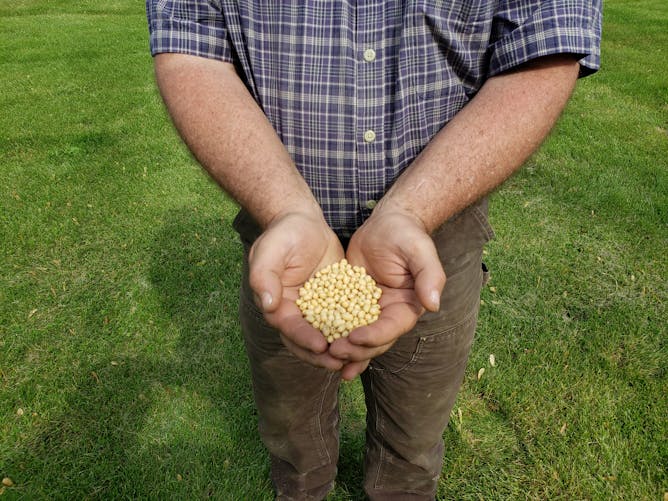
An Iowa farmer holds some of his soybeans.
Reuteres/Kia Johnson
Ian Sheldon, The Ohio State University
China has reportedly halted all purchases of US soybeans. Here's why that's going to be very painful for American farmers.
|
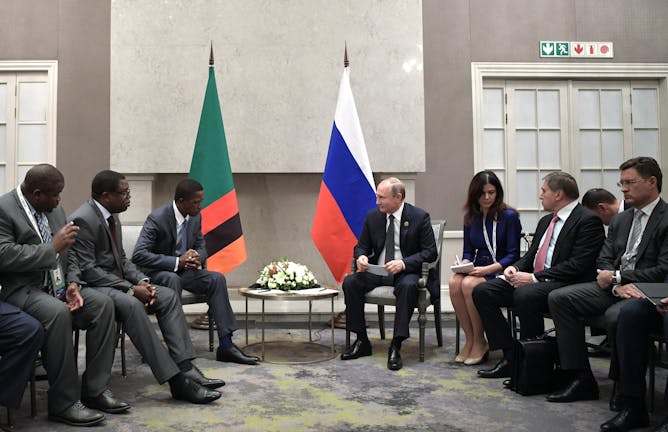
Russian President Vladimir Putin and Zambian President Edgar Lungu meet on the sidelines of the BRICS Summit in Johannesburg in 2018.
EPA-EFE/Alexei NikolskySputnik/Kremlin Pool
János Besenyő, Óbuda University
Russia's goal is to become one of Africa's strategic partners through trade and armed support.
|
Science + Technology
|
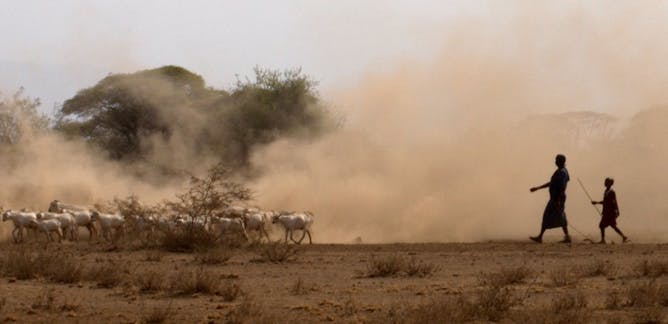
Mary Prendergast, Saint Louis University – Madrid; Elizabeth Sawchuk, Stony Brook University (The State University of New York)
Pastoralism is a central part of many Africans' identity. But how and when did this way of life get started on the continent? Ancient DNA can reveal how herding populations spread.
| |
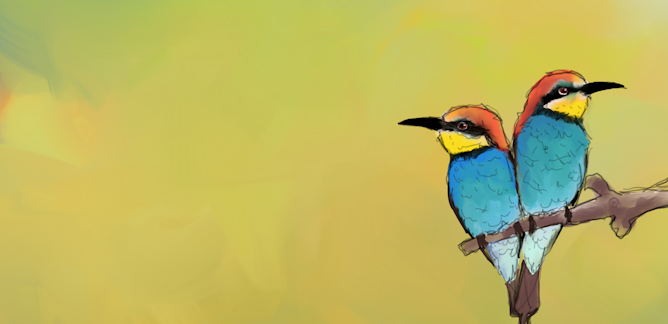
Kiran Dhanjal-Adams, Centre for Ecology & Hydrology
Even in the breeding grounds, we found that European bee-eaters preferred the company of some birds over others. These tended to be the individuals they migrated with.
|
|
|
Politics + Society
|

Roomana Hukil, McMaster University
Narendra Modi's BJP views NGO activists as defiant because they challenge conventional notions of power, social structures and hierarchies that conflict with the idea of Hindu majoritarianism.
| |

Alex Reilly, University of Adelaide
It's critical that the Australian government take a new direction in refugee policy and move beyond its tired rhetoric of deterrence as a justification for detaining refugees on Nauru and Manus.
|
|
|
Health + Medicine
|
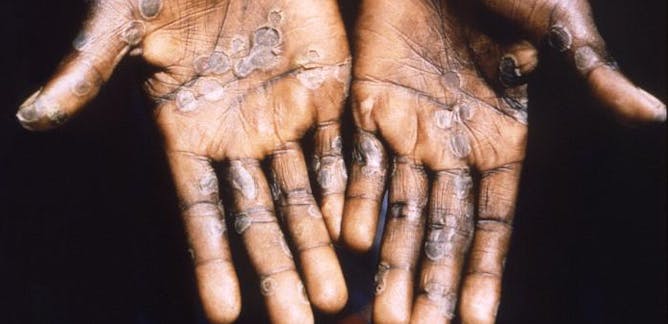
Erni Juwita Nelwan, Universitas Indonesia
Monkeypox is very contagious and there is no cure. But the good news is the body can heal itself from the virus. Singapore is the first in Asia, where the monkey smallpox virus has infected humans.
| |

Anthony Medford, University of Southern Denmark; James W Vaupel, University of Southern Denmark; Kaare Christensen, University of Southern Denmark
Life expectancy has more than doubled in the last two centuries. How much more can it increase?
|
|
|
En français
|

Christian-Georges Schwentzel, Université de Lorraine
Que savons-nous de la personnalité des pharaons qui firent édifier ces extraordinaires montagnes de pierres ?
| |
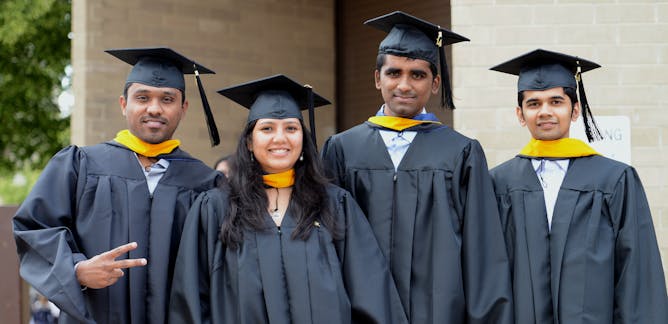
Rohen d’Aiglepierre, Agence française de développement (AFD); Anda David, Agence française de développement (AFD); Björn Nilsson, Institut de recherche pour le développement (IRD)
Alors que les liens entre migration et éducation sont multiples, mais négligés, il est essentiel de mieux relier les politiques migratoires et les politiques éducatives.
|
|
|
En español
|

Manuel Peinado Lorca, Universidad de Alcalá
Se pensaba que las angiospermas habían aparecido hace 130 millones de años. La descripción de una nueva especie sugiere que las flores surgieron en el Jurásico, hace más de 174 millones de años.
| |

Alfonso Marzal, Universidad de Extremadura
La alta densidad de población, el contacto entre individuos y el tránsito de personas en las ciudades son factores que favorecen la rápida propagación de enfermedades infecciosas.
|
|
|
| |
| |
| |
| |
| |
| |
|
|